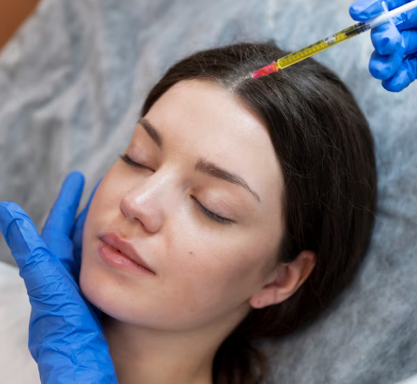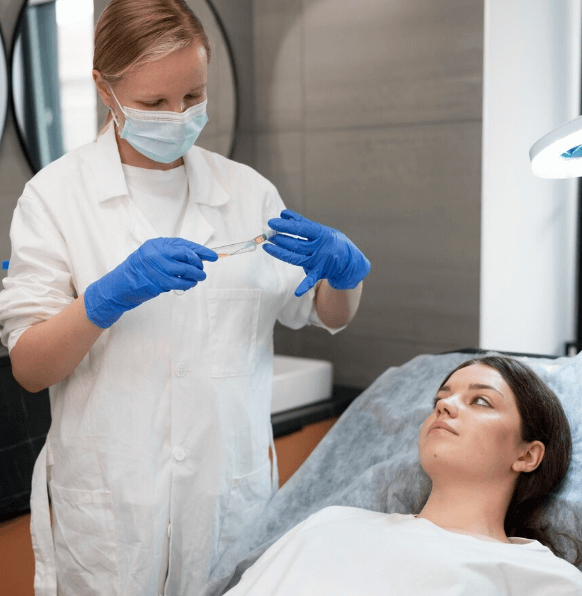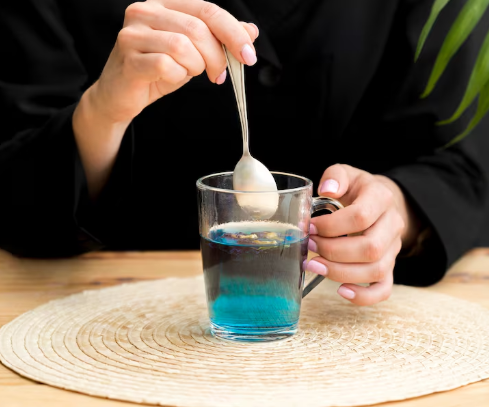Testosterone Replacement Therapy (TRT) is rapidly becoming one of the most sought-after treatments for men experiencing low testosterone, or “Low T.” For medical tourists looking to combine quality care with affordability and privacy, South Korea offers world-class TRT programs, advanced diagnostic labs, and highly trained specialists—all in one of Asia’s most modern medical environments.
Whether you’re in your 30s and feeling the first signs of fatigue, or in your 50s and looking to revitalize your strength and libido, this beginner’s guide will help you understand what to expect before traveling to Korea for TRT.
🧬 What Is TRT and Who Needs It?
Testosterone Replacement Therapy (TRT) is a medically supervised treatment that restores testosterone levels in men who have developed hypogonadism—a condition where the body doesn’t produce enough testosterone.
🚨 Common Symptoms of Low Testosterone:
- Persistent fatigue and low energy
- Reduced libido or erectile dysfunction
- Decreased muscle mass and strength
- Mood changes, depression, or irritability
- Brain fog or trouble concentrating
- Increased body fat or loss of motivation
These symptoms may be gradual and mistaken for aging, but if they affect your quality of life, TRT may be worth considering.
🌏 Why Medical Tourists Choose Korea for TRT
✅ Advanced Diagnostics and Protocols
Korea’s healthcare system is equipped with cutting-edge hormonal testing and personalized therapy options that rival (and often exceed) Western clinics.
✅ Highly Trained Specialists
Most TRT programs are led by board-certified urologists or endocrinologists with extensive experience in male hormone balance.
✅ Cost Savings
Compared to clinics in the U.S., Canada, or the U.K., TRT in Korea is more affordable, with no compromise on safety or results.
✅ Medical Tourism-Friendly
Korean TRT clinics offer:
- English-speaking staff
- Streamlined testing and treatment schedules
- Private care for overseas patients
- Support with hotel bookings and airport transfers
🧪 Step 1: Testing Before TRT — What to Expect
Before starting TRT, clinics will require a complete hormone evaluation to confirm that testosterone levels are low and identify the root cause.
🔬 Common Tests Include:
| Test | Purpose |
|---|---|
| Total Testosterone | Measures overall testosterone levels |
| Free Testosterone | Assesses biologically active testosterone |
| LH & FSH | Evaluates testicular function and pituitary health |
| Estradiol | Monitors estrogen levels (may rise during TRT) |
| SHBG | Affects how much testosterone is available |
| CBC (Complete Blood Count) | Checks for elevated red blood cells |
| PSA (Prostate Specific Antigen) | Screens for prostate health |
Tip: Even if you’ve had labs done at home, most Korean clinics will want to run their own panels for accuracy and safety.
💉 Step 2: Types of TRT Available in Korea
Depending on your needs, Korean clinics will recommend one of the following options:
1. Injectable TRT (Most Common)
- Testosterone enanthate or cypionate
- Given weekly or biweekly
- Fast-acting, predictable results
2. Long-Acting Injections (e.g., Nebido)
- Given every 10–12 weeks
- Fewer injections, more convenient for travelers
3. Topical Gels or Creams
- Applied daily to skin
- Non-invasive but requires consistent use
4. Testosterone Pellets (Less Common)
- Implanted under the skin
- Slow, steady release for 3–6 months
⚠️ Important: The best option will depend on your hormone levels, lifestyle, and how long you plan to stay in Korea.
📅 Step 3: How Long Should You Stay?
If you’re planning TRT as a medical tourist, here’s a typical treatment timeline:
| Day | Activity |
|---|---|
| Day 1 | Initial consultation + lab tests |
| Day 2 | Results + personalized TRT plan |
| Day 3 | First injection or medication begins |
| Day 4–5 | Optional follow-up, prescription pickup, or travel home |
Recommended Stay: 3–5 days for first-time TRT patients.
Some clinics also offer 1-day starter packages if labs are done beforehand or you’re returning for follow-up care.
📋 What to Prepare Before Traveling to Korea for TRT
✅ What to Bring:
- Passport and travel visa (if applicable)
- Any previous hormone lab results (within 3–6 months)
- List of current medications or supplements
- Questions or goals you’d like to discuss with the doctor
✅ Optional:
- Book a hotel near your clinic
- Request English-language support
- Notify the clinic if you plan to continue therapy at home
⚖️ Is TRT Safe? Side Effects and Monitoring
TRT is safe when done under medical supervision, but it’s important to be aware of potential side effects:
| Possible Side Effects | Management |
|---|---|
| Acne or oily skin | Dose adjustment |
| Water retention | Monitor salt intake, lower dose |
| Elevated red blood cells (hematocrit) | Routine blood tests, donate blood if needed |
| Reduced sperm count | Consider hCG or Clomid if fertility matters |
| Breast tenderness | Monitor estrogen, add aromatase inhibitor if needed |
Korean clinics conduct follow-up bloodwork every 6–8 weeks to ensure your hormone levels are optimal and safe.
👨⚕️ Top Clinics in Korea Offering TRT for International Patients
✅ G Clinic (Seoul)
- Specializes in men’s hormone therapy and sexual wellness
- TRT programs with advanced hormone profiling
- Offers Clomid/hCG protocols for fertility preservation
✅ Chaum Life Center
- Premium integrative care center for anti-aging and hormone health
- Combines TRT with nutrition, supplements, and wellness therapy
✅ Banobagi Men’s Clinic
- Offers discreet, professional care with English-speaking staff
- Known for patient-centered TRT protocols and digital follow-ups
💰 Cost Breakdown for Medical Tourists
| Service | Estimated Cost (USD) |
|---|---|
| Initial Consultation + Lab Tests | $100 – $200 |
| Single Testosterone Injection | $50 – $120 |
| Nebido Injection (long-acting) | $300 – $500 |
| Clomid or hCG add-ons | $50 – $150/month |
| 3–5 Day TRT Package | $500 – $900 |
Pro Tip: Ask about package deals for consultations, testing, and your first injection. Some clinics also offer online follow-up support after you return home.
🧠 Final Thoughts
TRT is a powerful tool to reclaim your strength, energy, and confidence. For medical tourists, Korea offers exceptional care, modern facilities, affordable pricing, and discreet support, making it one of the best destinations in Asia for beginning testosterone therapy.
Whether you’re just starting to explore TRT or ready to begin, understanding the process, testing, options, and safety considerations will help you make the most informed decision.




